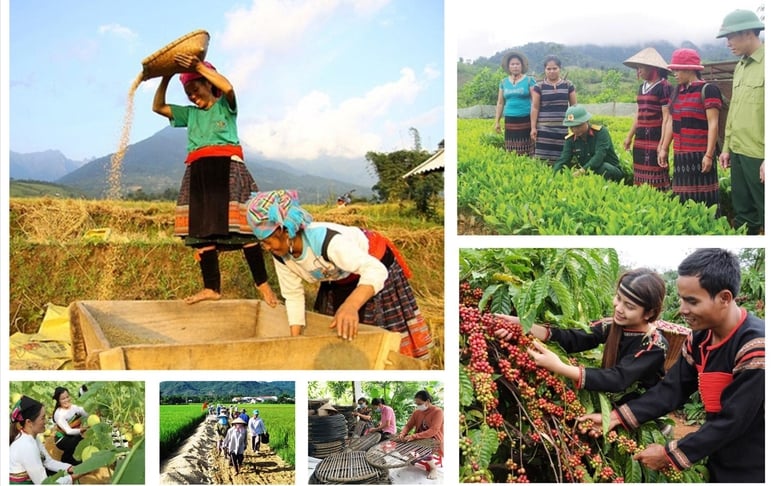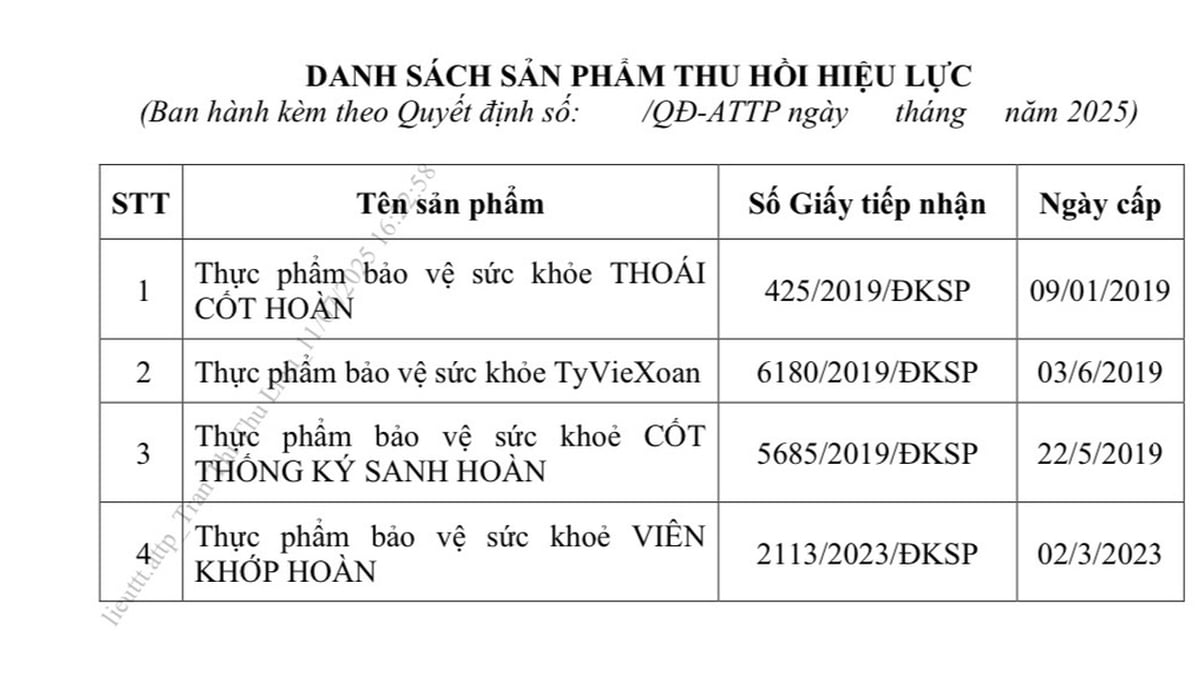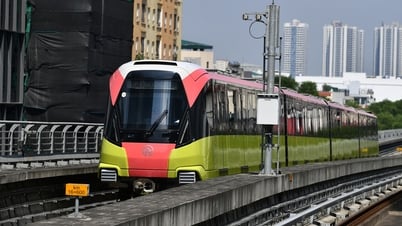
Implement national target programs in sync with the two-level government model.
Specifically, the Deputy Prime Minister requested ministries, central and local agencies to proactively review, promptly issue or submit to competent authorities for issuance of legal documents and guidance documents on management and implementation of national target programs in sync with the arrangement of administrative units at all levels and the construction of a two-level local government organization model; promptly train and guide relevant organizations and individuals to implement the Government's Decrees on decentralization, delegation of authority, and assignment of authority of local governments and related documents to ensure that the organization and implementation of national target programs are not interrupted.
Localities proactively evaluate the implementation results of national target programs for the 2021-2025 period, closely coordinate with program owners, and the Ministry of Finance to propose appropriate solutions for the coming period.
* 2025 is the final year of implementing three national target programs for the 2021-2025 period on new rural construction, sustainable poverty reduction, and socio -economic development in ethnic minority and mountainous areas.
The three national target programs for the 2021-2025 period have achieved certain results. In the past time, the new rural construction program has had 79% of communes meeting new rural standards, 51% of district-level units recognized as meeting standards or completing the task of building new rural areas; 12 provinces and cities have been recognized by the Prime Minister as completing the task of building new rural areas.
The multidimensional poverty rate in 2024 (according to the multidimensional poverty standard for the period 2022 - 2025) reached 4.06%, down 1.65% compared to 2023, achieving the set target. The poverty rate in poor districts is about 26%; the poverty rate of ethnic minority households is below 13.5%, achieving the target assigned by the National Assembly and the Government. 10 extremely disadvantaged communes in coastal and island areas have escaped poverty and extreme poverty; 1 poor district has escaped poverty (A Luoi district, Hue city).
The economic structure has shifted, and the livelihoods of ethnic minorities are increasingly diverse and rich. The number of poor households has decreased rapidly, with 25/52 provinces in ethnic minority and mountainous areas having an average poverty reduction rate of over 3% per year, exceeding the target set in the Action Program to implement the Ethnic Work Strategy to 2030.
100% of communes in ethnic minority and mountainous areas have telecommunications infrastructure and mobile coverage, meeting the communication needs of the people; 98.4% of communes have car roads to the center; 96.7% of ethnic minority households have access to the national grid; over 90% of communes are covered by radio and television. 100% of communes have kindergartens, primary schools and secondary schools. 99.3% of communes have medical stations, with 83.5% of commune medical stations meeting standards; 69.1% of medical stations have doctors and nurses to examine and treat people...
Phuong Nhi
Source: https://baochinhphu.vn/thuc-hien-cac-chuong-trinh-muc-tieu-quoc-gia-dong-bo-voi-mo-hinh-chinh-quyen-dia-phuong-hai-cap-102250709154338256.htm





































































































Comment (0)